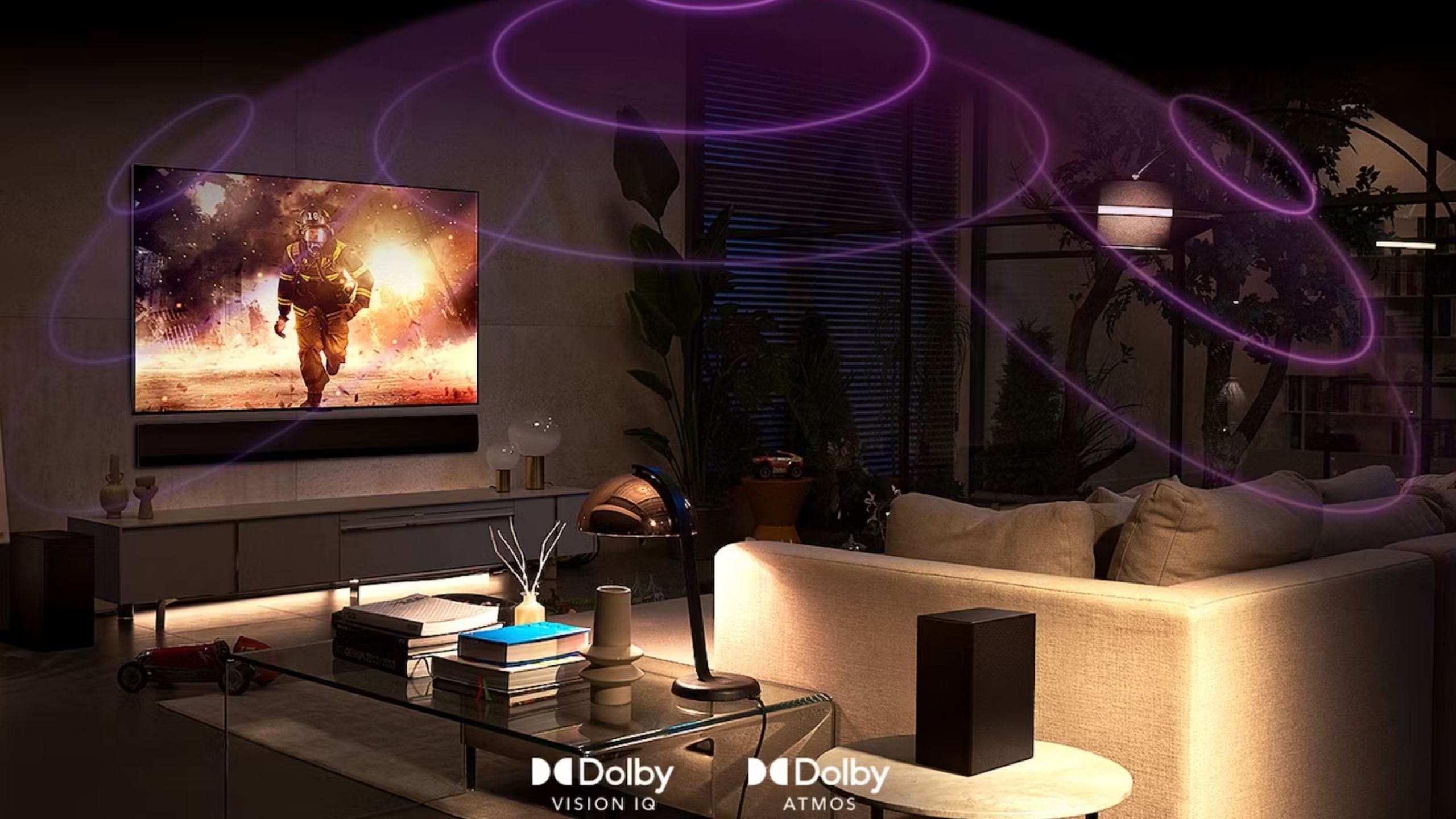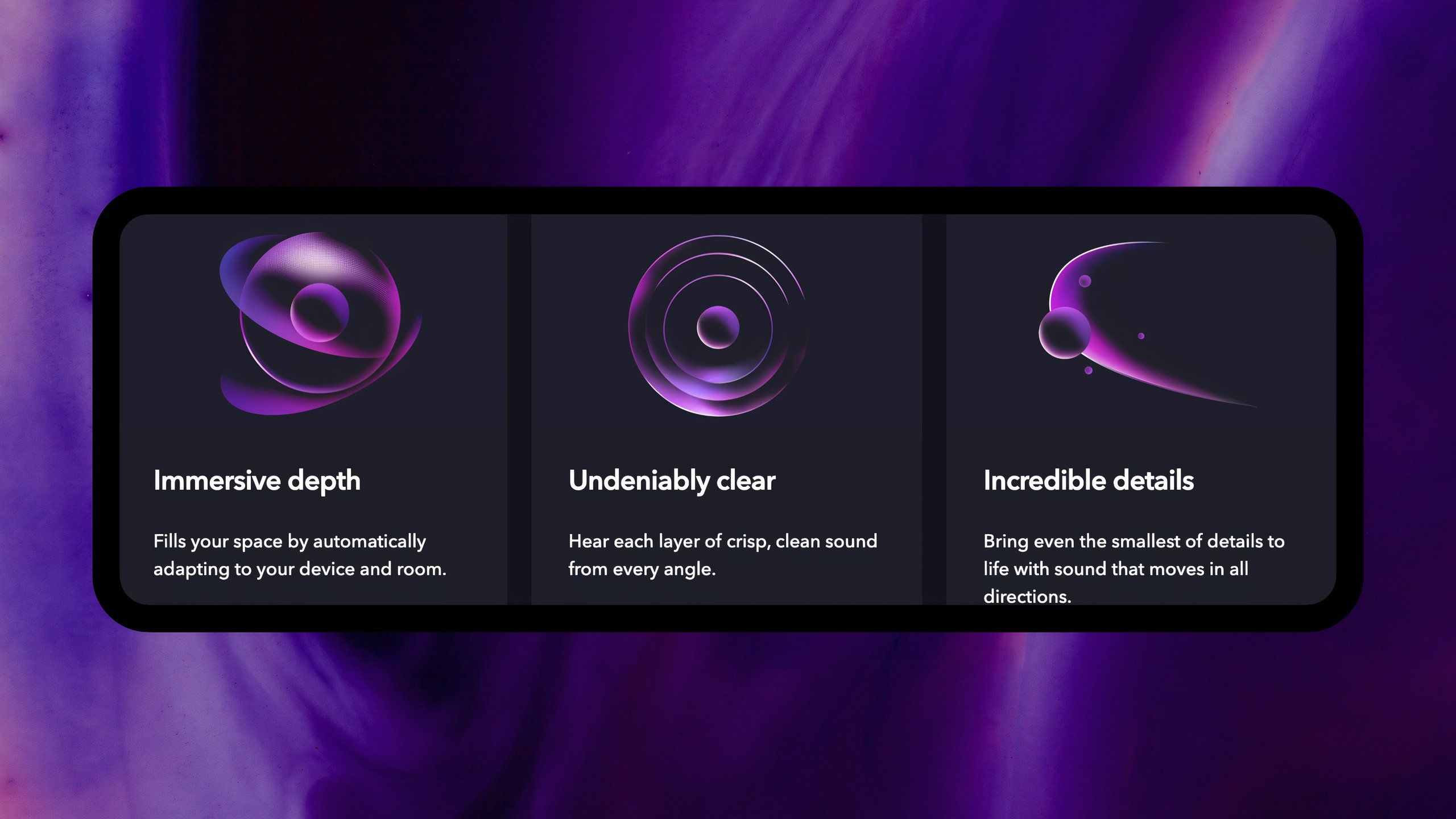Summary
- Dolby, Lenovo, and Google have jointly announced the world’s first Chromebook with built-in Dolby Atmos support.
- This laptop PC, which is known as the Lenovo Chromebook Plus (14″, 10), will feature custom Dolby Atmos tuning.
- Dolby Atmos technology is able to add emersion, depth, and surround sound to compatible songs, movies, and TV shows.
In a joint announcement, Dolby, Lenovo, and Google have officially unveiled the world’s first Chromebook with Dolby Atmos: the Lenovo Chromebook Plus (14″, 10). Designed by the world’s biggest PC maker, this Lenovo laptop runs Google’s lightweight ChromeOS operating system, offers advanced spatial audio tuning, and measures in at 14-inches of diagonal display real estate.
“The Lenovo Chromebook Plus (14”, 10), the first Chromebook with Dolby Atmos, is an important milestone in our long-standing collaboration with Dolby. We are committed to bringing innovative firsts to consumers everywhere and, through working with Dolby, our Chromebook users will now enjoy best-in-class premium audio,” says Benny Zhang, Executive Director and General Manager of Chromebooks in Lenovo’s Intelligent Devices Group.
At this time, there’s no word on Lenovo Chromebook Plus (14”, 10) pricing or availability. Additional product specifications are also unclear, making it difficult to predict an approximate price range. Dolby Atmos itself requires ponying up for an official certification, which might ultimately be passed on to consumers — though, Chromebooks do tend to be on the more affordable side when compared to many Windows-based notebook PCs.

Related
Does Dolby Atmos actually sound any better? Here’s what it can do
Dolby Atmos takes surround sound to another level and gives you cinematic sound from the comfort of your home.
Dolby Atmos makes for an immersive sound experience
Dolby’s Atmos technology is a nice feature to have included on a device, laptop or otherwise
Pocket-lint / Dolby
At its core, Dolby Atmos is a spatial audio technology that allows for more realistic, immersive, and dynamic acoustics when implemented into consumer tech products. Atmos relies on special tuning at both the hardware and software level, and it requires multimedia files to be specifically encoded with Atmos in mind in order to function properly.
Atmos is able to produce a surround sound-esque effect by creating a 3D soundscape, which is achieved via a mix of bespoke processing, additional height channels, spatial awareness, and audio object identifiers, among other technical wizardry. The tech, which is proprietary and licensed by Dolby, can be found on everything from high-end cinema setups to tiny smartphone speakers.
Of course, not every Atmos implementation is identical, and a laptop’s variant of the tech will likely rely on some extra software magic to approximate a larger multi-channel theater setup. Even still, the bespoke tuning and additional expertise required to implement Atmos into a mobile device should result in superior audio when compared to an equivalent product that lacks Atmos certification.
Personally, I hope to see more and more tech products embrace the standard going forward.
Spatial and 3D audio tech is becoming increasingly popular in the consumer space, with virtual reality (VR) and augmented reality (AR) headsets benefiting the most from a more immersive soundscape. In the case of a laptop such as Lenovo’s upcoming Chromebook Plus (14″, 10), Atmos should result in punchier sound delivery when consuming music, movies, and TV shows.
Of course, there are a ton of variables at play, including the aforementioned need for media content to support Atmos, as well as compression caused by internet streaming. Personally, I hope to see more and more tech products embrace the standard going forward, which should hopefully result in an increased amount of Atmos-compatible multimedia in the years to come.

Related
Dolby Atmos FlexConnect could reinvent the modern home theater
Don’t worry — you won’t need to upgrade if you already like your current Atmos setup.










